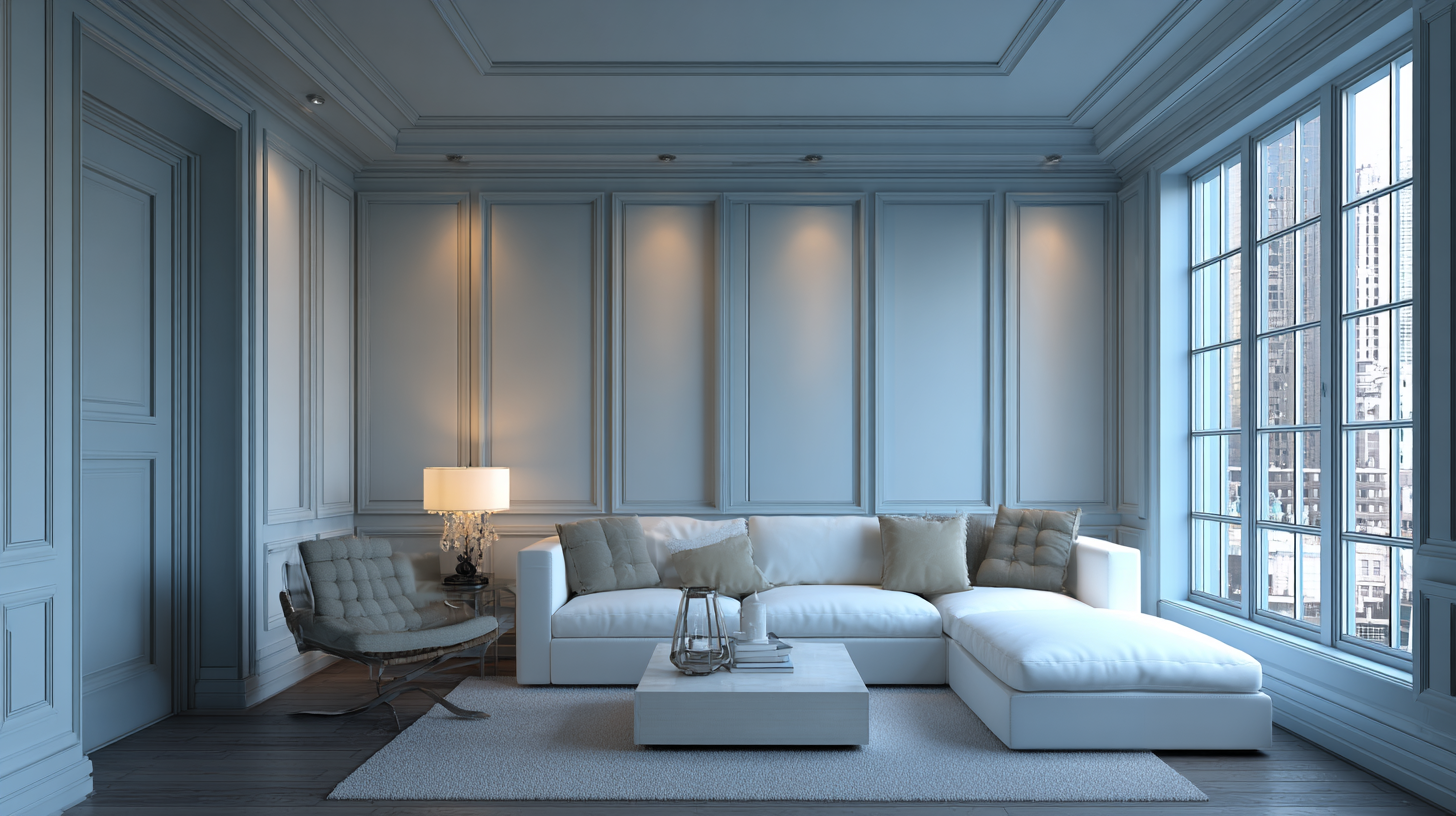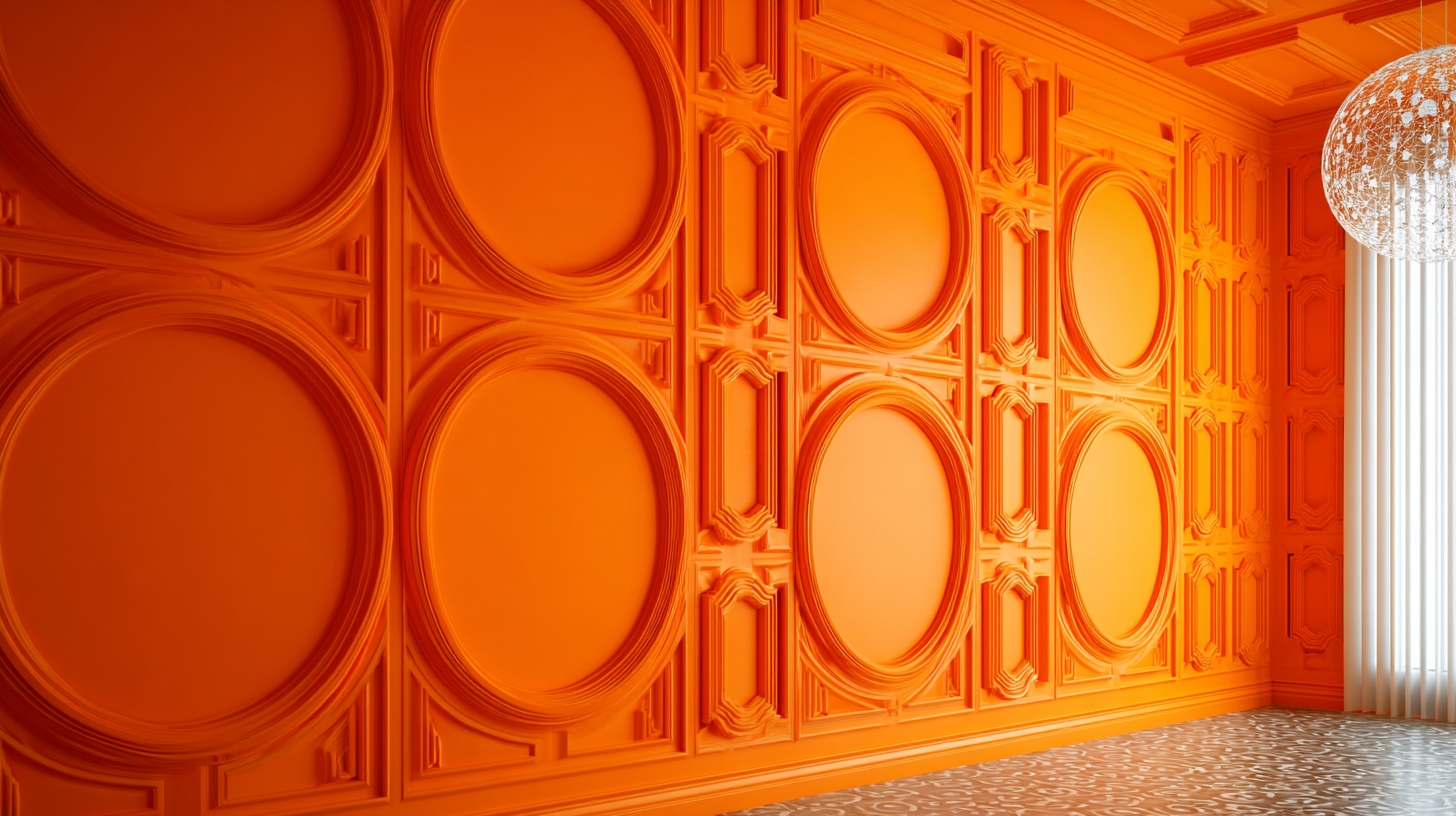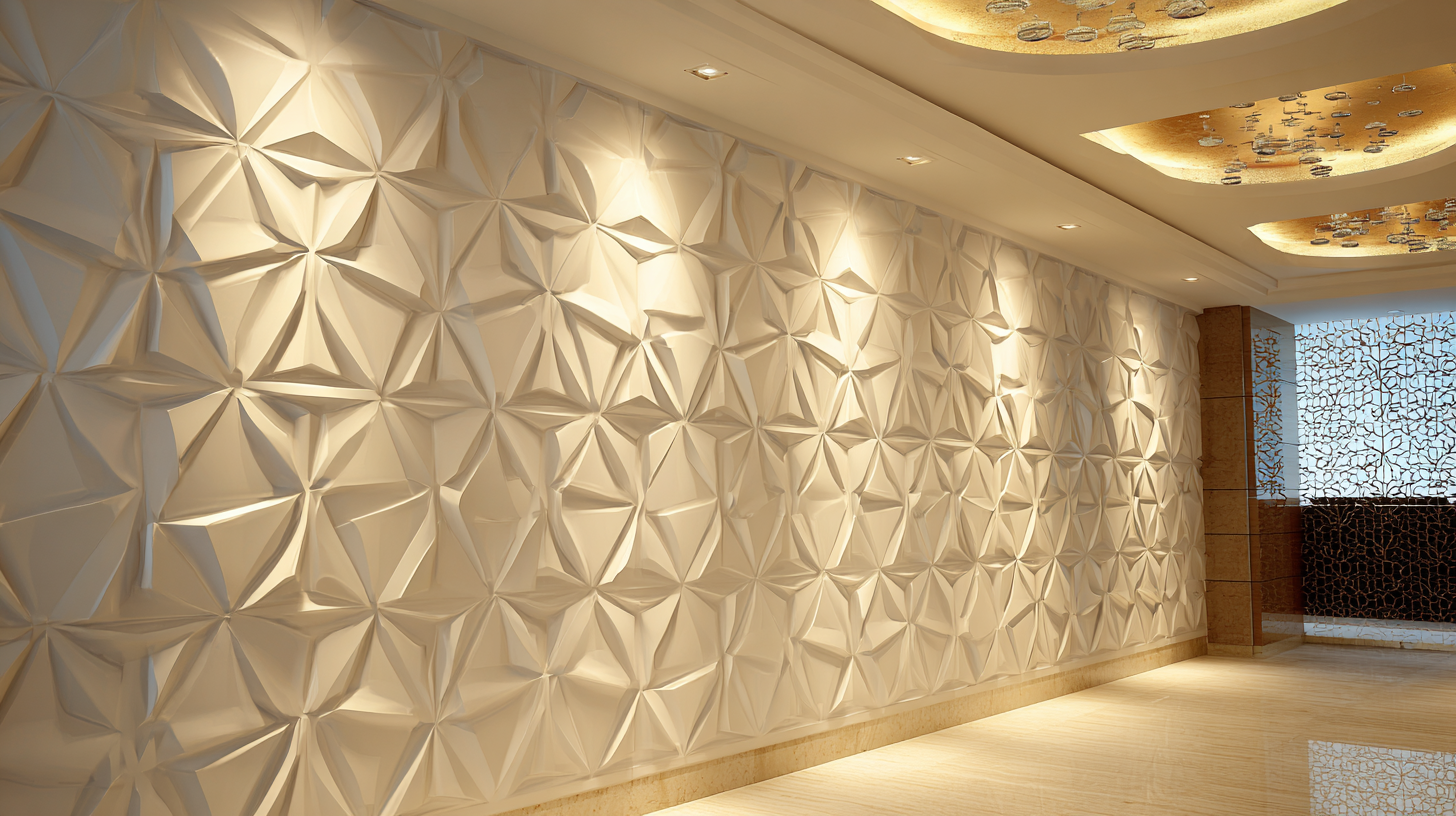Leave Your Message
-
Facebook
-
Whatsapp
-
Whatsapp


In recent years, the home renovation industry has seen a significant shift toward innovative and sustainable materials, with PVC Bathroom Wall Panels emerging as a frontrunner in this transformation. According to a report by Smithers Pira, the global market for PVC construction materials is projected to reach $85 billion by 2025, underscoring the increasing popularity and adoption of PVC products. This surge can be attributed to the panels' durability, ease of installation, and low maintenance requirements, appealing especially to homeowners looking for cost-effective solutions that do not compromise on aesthetics.

Furthermore, a study by IBISWorld highlights that the rise in DIY home improvement projects has further accelerated the demand for such versatile materials, making PVC Bathroom Wall Panels a game-changer in modern home renovations. As homeowners become more environmentally conscious, PVC panels offer a sustainable alternative without sacrificing design options, thereby revolutionizing the approach to bathroom remodeling.
PVC bathroom wall panels are quickly becoming a favored option for homeowners looking to renovate while keeping costs manageable. As the decorative foils market continues to expand, with projections reaching USD 3,291 million by 2030, PVC wall panels offer an innovative and budget-friendly solution for transforming bathroom spaces. These panels not only enhance the aesthetic appeal of the interior but also provide excellent durability and water resistance, making them ideal for humidity-prone environments.
One of the standout benefits of PVC wall panels is their ease of installation, which significantly reduces renovation time and labor costs. This is particularly beneficial in the current market, where the demand for quick and efficient home renovations is rising. Furthermore, with advancements in design options, including a variety of textures and colors, homeowners can effortlessly elevate the look and feel of their bathrooms without breaking the bank. As energy-efficient construction practices evolve, incorporating materials like PVC is seen as a pivotal strategy, aligning both sustainability and economic practicality in renovation projects.

PVC bathroom wall panels are becoming a game-changer in home renovations, particularly due to their remarkable durability and water resistance. Traditional materials, such as drywall and ceramic tiles, often succumb to moisture damage, leading to rot, mold, and costly repairs. According to a report by the Association of Home Improvement Professionals, water damage accounts for nearly 20% of all home insurance claims, emphasizing the need for materials that can withstand moisture. In contrast, PVC panels are fully waterproof and non-porous, providing a robust barrier against the humid conditions typically found in bathrooms.
Furthermore, the American Society of Interior Designers (ASID) highlights that PVC panels can last up to 30 years with minimal maintenance, significantly surpassing the lifespan of traditional materials, which may require replacement every 5-10 years due to wear and tear. This ensures homeowners not only enjoy long-term aesthetics but also see savings in maintenance costs. As more homeowners seek out sustainable and resilient renovation options, the shift towards PVC bathroom wall panels proves to be not just a trend, but a necessity rooted in durability and efficiency.
When it comes to home renovations, particularly in bathrooms, PVC wall panels are setting a new standard for DIY enthusiasts. These panels not only offer a stylish finish but are also incredibly easy to install, making them perfect for those who want to undertake home improvement projects without professional help. According to a recent industry report by IBISWorld, the home renovation market continues to grow, with a significant increase in DIY projects, particularly in urban areas. This trend suggests that homeowners are increasingly seeking efficient solutions that save both time and money, and PVC panels perfectly fit the bill.
Installation of PVC bathroom wall panels can be completed in just a few hours, with no need for special tools or extensive skills. The lightweight nature of the panels makes them easy to handle, and many products come with interlocking systems that require minimal adhesive. A study from Home Innovation Research Labs indicates that around 70% of DIY projects focus on easy-to-install materials, and PVC panels rank high as a preferred choice, thanks to their cost-effectiveness and versatility. This transformation not only enhances the aesthetics of a bathroom but also significantly reduces renovation downtime, allowing homeowners to enjoy their new space almost immediately.
| Reason | Description | Installation Ease | Durability | Cost-Effectiveness |
|---|---|---|---|---|
| Water Resistant | PVC panels are highly resistant to moisture, preventing mold growth. | Very easy to install with adhesive and no special tools needed. | Long-lasting under wet conditions compared to traditional materials. | Cost-effective compared to tiles and paints, especially for large areas. |
| Low Maintenance | Easy to clean with simple soap and water. | Quick setup reduces time and hassle. | Resistant to scratches, dents, and other damage. | Less need for repairs or replacements increases savings. |
| Aesthetic Variety | Available in various colors and patterns to fit any decor. | Simple interlocking system for a seamless look. | Stays looking new for longer due to its robust material. | Affordable options for high-end looks without the cost. |
| Eco-Friendly Options | Many PVC panels are made from recycled materials. | Lightweight and easy for DIY enthusiasts to handle. | Long lifespan means less waste over time. | Good return on investment through energy savings. |
When it comes to home renovations, PVC bathroom wall panels are emerging as a game changer, particularly because they offer extensive aesthetic versatility. Homeowners can choose from a wide range of styles, colors, and textures that cater to individual preferences. According to industry reports, the global PVC wall panel market is projected to reach USD 5.68 billion by 2026, reflecting an increasing demand for customizable home solutions. This growth can be attributed to the panels' ability to blend seamlessly into various design themes, from modern minimalist to rustic charm.
The trend toward customization is also echoed in consumer behavior. A recent survey indicated that 70% of homeowners prioritize personalization when renovating, highlighting the desire for unique spaces that reflect personal style. PVC wall panels not only meet these preferences but also provide practical benefits such as easy installation and maintenance, making them an ideal choice for those looking to revamp their bathrooms without the hassle of traditional materials. These innovative options empower homeowners to create stunning, personalized environments that stand out and resonate with their individual aesthetics.
This chart illustrates the customization options for PVC bathroom wall panels based on different aesthetic preferences.
PVC bathroom wall panels are quickly becoming a go-to choice for homeowners looking to simplify their renovation projects. One of the standout benefits of these panels is their remarkable ease of maintenance. Unlike traditional materials such as tiles or wood, which often require regular sealing, grouting, and extensive cleaning, PVC panels can be wiped down effortlessly with a damp cloth. This reduces the effort and time spent on upkeep, allowing homeowners to enjoy their spaces without the burden of constant maintenance.

Furthermore, PVC panels are inherently resistant to moisture, mildew, and mold, making them ideal for humid environments like bathrooms. This resistance not only enhances their longevity but also minimizes the need for chemical cleaners that can be harsh and time-consuming to apply. In addition, the variety of designs available offers aesthetic versatility while maintaining practicality, creating a harmonious balance between style and function. With these advantages, PVC bathroom wall panels truly redefine the expectations of home renovations.






